Indoor plants are a fantastic way to bring nature inside, adding a touch of greenery and life to your home. Not only do they enhance your decor, but they also improve air quality and promote a sense of well-being. Whether you’re a seasoned plant enthusiast or a beginner, this guide will introduce you to the best indoor plant varieties and provide essential care tips to keep them thriving.

Selecting the Right Indoor Plants
Before diving into care tips, it’s important to choose the right plants for your indoor environment. Some popular, easy-to-care-for options include:
- Snake Plant (Sansevieria)
- Description: Snake plants, have long, upright leaves with variegated patterns. They are renowned for their air-purifying qualities.
- Care Tips: Snake plants are low-maintenance and thrive in low to bright indirect light. Water them sparingly, allowing the soil to dry out between waterings.

- Peace Lily (Spathiphyllum)
- Description: Peace lilies are elegant plants with dark green leaves and striking white flowers. They are excellent at removing toxins from the air.
- Care Tips: Peace lilies prefer low to medium light and need consistently moist soil. Avoid overwatering, as they are sensitive to waterlogged soil.

- Spider Plant (Chlorophytum comosum)
- Description: Spider plants have arching green and white striped leaves and produce small plantlets that dangle from the parent plant.
- Care Tips: These resilient plants do well in bright, indirect light but can also tolerate low light. Keep the soil evenly moist and allow it to dry out slightly between waterings.

- Pothos (Epipremnum aureum)
- Description: Pothos, or devil’s ivy, is a trailing vine with heart-shaped leaves that come in various shades of green and variegation patterns.
- Care Tips: Pothos thrive in low to bright indirect light and are very forgiving with watering. Let the soil dry out slightly between waterings to prevent root rot.
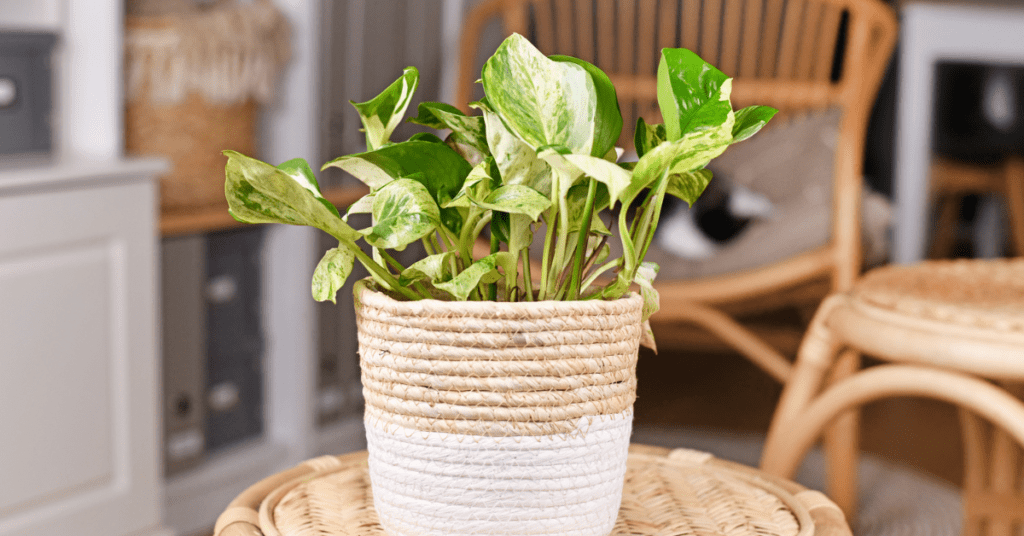
- ZZ Plant (Zamioculcas zamiifolia)
- Description: ZZ plants have glossy, dark green leaves that grow in a graceful, wand-like formation. They are extremely drought-tolerant.
- Care Tips: ZZ plants can survive in low light and require infrequent watering. Allow the soil to dry out completely between waterings.
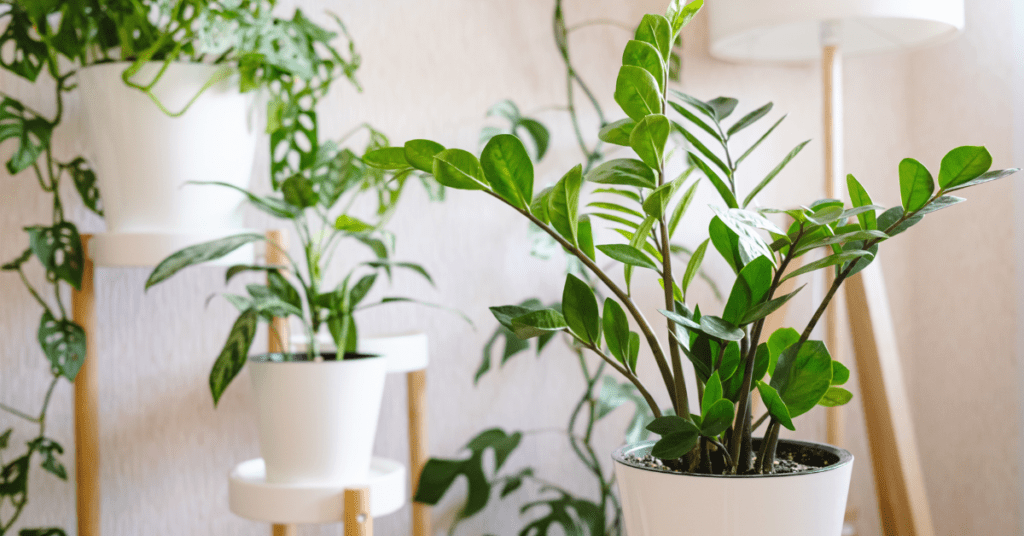
- Aloe Vera
- Description: Aloe vera is a succulent with thick, fleshy leaves containing a soothing gel. It’s perfect for a sunny windowsill.
- Care Tips: Aloe vera needs bright, direct light and well-draining soil. Water thoroughly but infrequently, allowing the soil to dry out between waterings.
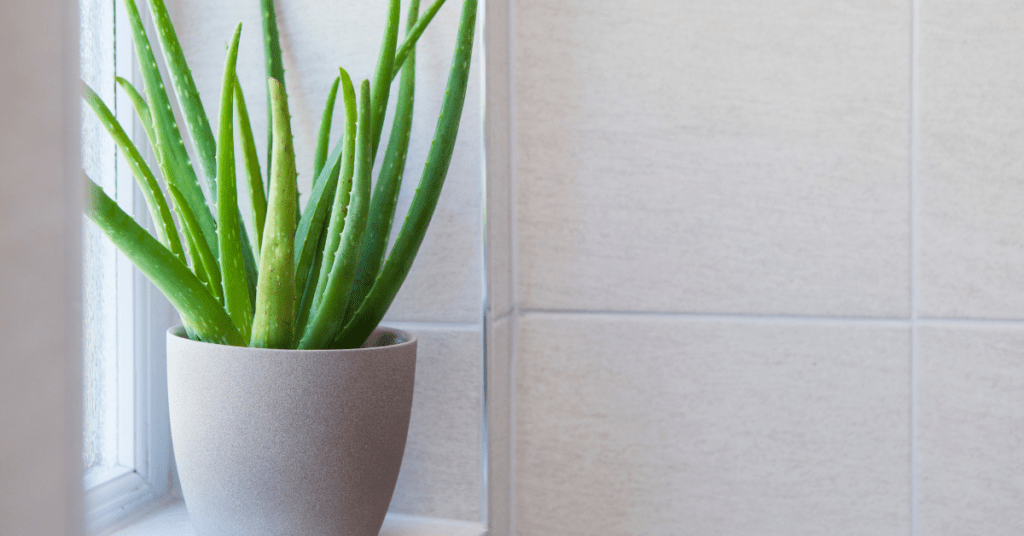
- Monstera Deliciosa
- Description: Known for its large, perforated leaves, Monstera Deliciosa adds a tropical feel to any room. It’s a popular choice for indoor jungles.
- Care Tips: Monstera thrives in bright, indirect light and prefers evenly moist soil. Provide support for its climbing nature and mist the leaves to maintain humidity.

- Fiddle Leaf Fig (Ficus lyrata)
- Description: Fiddle leaf figs have large, violin-shaped leaves and make a bold statement in any indoor space.
- Care Tips: These plants require bright, indirect light and consistent watering. Ensure the soil is well-draining and avoid drafts or sudden temperature changes.

Essential Care Tips for Indoor Plants
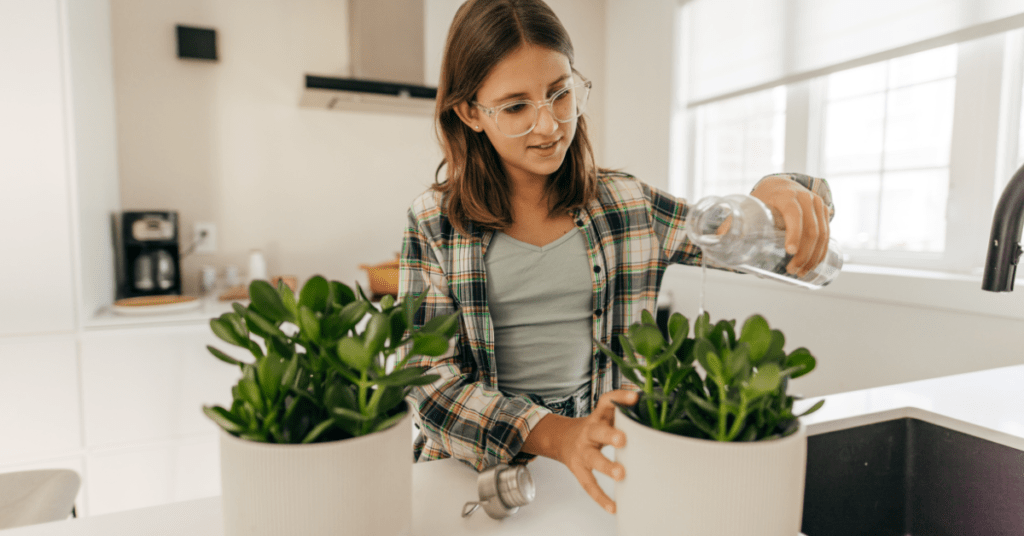
- Light Requirements
- Different plants have varying light needs. Assess your home’s lighting conditions and choose plants accordingly. For low-light areas, consider snake plants or ZZ plants. For bright, indirect light, opt for fiddle leaf figs or monsteras. Using grow lights can help supplement natural light, especially in darker rooms.
- Watering Techniques
- Overwatering is a common mistake. Ensure pots have drainage holes to prevent waterlogging. Check the soil moisture before watering; most indoor plants prefer the soil to dry out slightly between waterings. Use room-temperature water to avoid shocking the roots.
- Humidity and Temperature
- Indoor plants generally prefer moderate to high humidity levels and stable temperatures. Avoid placing plants near drafts, heating vents, or air conditioners. Grouping plants can help maintain humidity. Consider using a humidifier or placing a tray of water near plants to increase humidity.
- Soil and Potting
- Use well-draining potting soil to prevent root rot. Repot your plants every 1-2 years or when they outgrow their current pot. Choose pots with drainage holes to allow excess water to escape. Adding perlite or sand to the potting mix can improve drainage.
- Fertilisation
- Indoor plants benefit from regular feeding during the growing season (spring and summer). Use a balanced, water-soluble fertiliser every 4-6 weeks. Reduce feeding during the dormant months (fall and winter). Organic options like compost tea or fish emulsion are also beneficial.
- Pruning and Cleaning
- Regularly prune dead or yellowing leaves to encourage new growth. Clean the leaves with a damp cloth to remove dust, allowing the plant to breathe and photosynthesise efficiently. Pruning also helps maintain the plant’s shape and size.
- Pest Management
- Inspect plants regularly for pests like spider mites, aphids, and mealybugs. Treat infestations promptly with insecticidal soap or neem oil to prevent the spread. Natural predators, such as ladybugs, can also be used for pest control.
- Acclimatisation
- When introducing a new plant to your home, give it time to acclimate to its new environment. Gradually adjust light and water levels to prevent shock. Quarantine new plants for a few weeks to ensure they are pest-free before integrating them with other plants.
How to Decorate Your Space with Indoor Plants
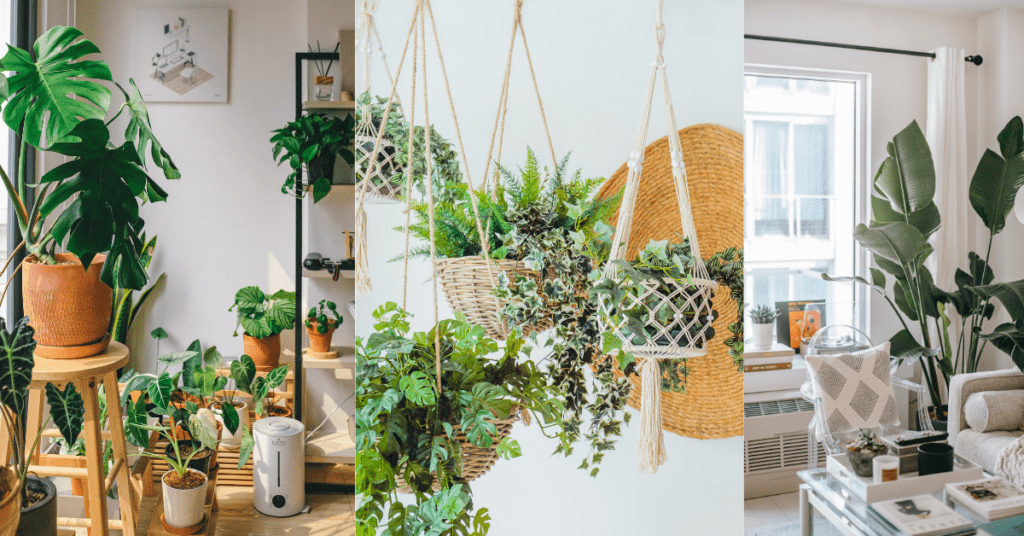
Decorating with indoor plants can enhance your home’s aesthetic and create a calming atmosphere. Here are some tips:
- Mix and Match: Combine different plant sizes and shapes to create visual interest.
- Use Plant Stands: Elevate smaller plants with stands to create varying heights.
- Hanging Baskets: Add hanging plants to fill vertical space and create a lush, layered look.
- Cluster Plants Together: Grouping plants can create a mini indoor jungle and increase humidity, benefiting the plants.
Conclusion
Indoor plants can transform any space, bringing life, colour, and a touch of nature into your home. By choosing the right plants for your specific conditions and following these care tips, you can create a thriving indoor garden. Happy planting from M & S Home and Garden!

